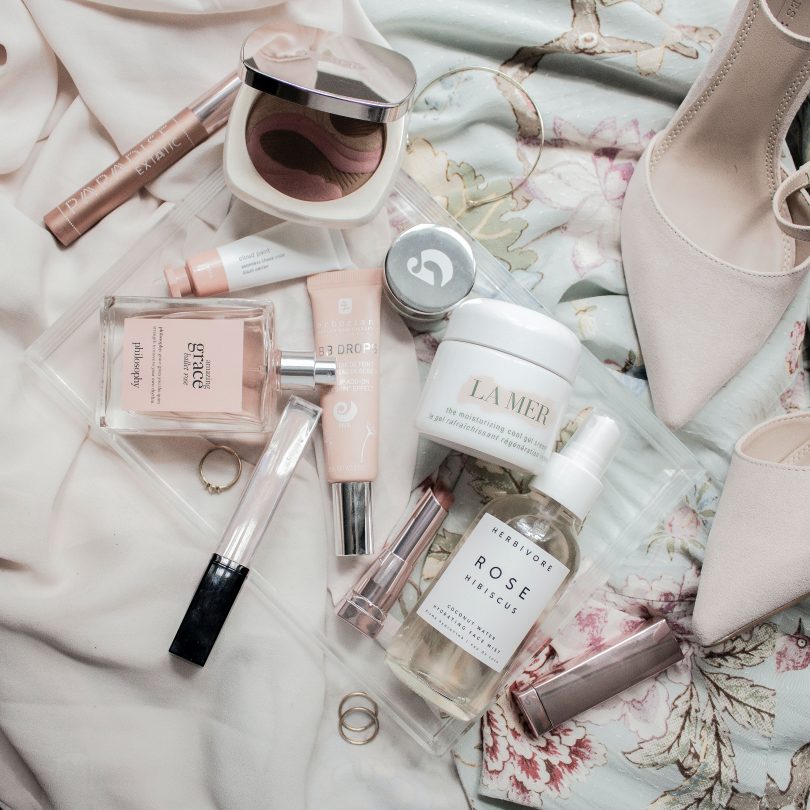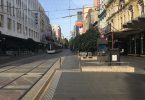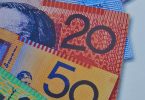The resiliency of any industry is dependent on its ability to adapt to societal changes. The COVID-19 pandemic has influenced the economic performance of all industries. However, its status as an influential variable has highlighted the industries that have been able to adapt during worldwide duress. The beauty industry is a key player in those that have been able to overcome shifting interests and societal trends.
Online accessibility has allowed some industries to combat the pandemic limitations of lockdown. However, this shift to e-commerce hasn’t equated to an automatic compensation in sales. We see this when comparing the revenue of clothing and beauty retail within Australia.
Within Australia, clothing revenue fell 51.5% in April of 2020 whereas the cosmetic industry saw an annual growth of 23.6%. The discrepancy between the two industries is in direct correlation to changing public interests. It can be inferred from this that as people are being forced to stay home the desire and need for new clothing and accessories has been negatively affected.
So, what makes the beauty industry different?
Covering a variety of categories, such as makeup, perfume, and skincare, the beauty industry has been able to capitalise on spending fluctuations to compensate for shortfalls. This shortfall encompasses the lessened interest in lipsticks. COVID-19 has resulted in mandatory mask wearing, covering consumers lips, and subsequently decreasing their desire for lip products. In this sense the phenomenon of the ‘lipstick index’ has been derailed. The ‘lipstick index’ was termed by industry chairman, Leonard Lauder, to explain the strength of lipstick sales even in economic duress. However, mask-wearing habits have proven this to be no longer viable.
Instead, there has been a shift to what could be called the ‘skincare index’
Multiple factors of the pandemic have led to this surge in skincare sales. For example, ‘maskne’ – a neologism that describes problematic skin brought on by mask wearing. Secondly, home lockdowns have meant consumers are spending more time on self-care and skin care regimes.
This shift in interest is illustrated in the graph below that tracks web searches across the pre and post pandemic period.
This spike in ‘skincare’ searches correlates to its revenue growth.
Therefore, the beauty industry’s ability to withstand economic downfalls correlates to its capacity to meet changing consumer demands – allowing it to rise above the COVID-19 pandemic.
Featured Image: Unsplash Photography







